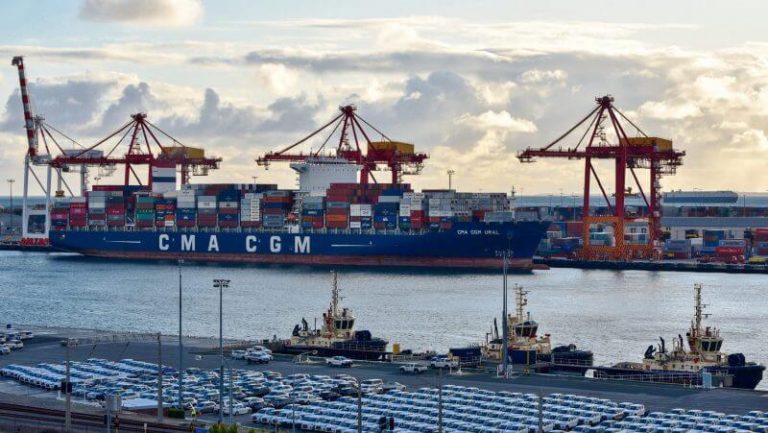After a tough 2020, the industry moves into 2021 with some lingering challenges around port congestion, increased surcharges, blank sailings, and equipment shortages. With the Lunar New Year approaching to add to these challenges, Q1 2021 has the potential to be a trying start to the year.
Some progress is being made to clear the backlog of empty shipping containers that has choked the Port Botany precinct since late 2020, with record numbers of empty containers exported from Port Botany in recent months as shipping lines and stevedores are continuing to maximise evacuation of empty containers from Sydney. However, empty container parks around Sydney remain at or near capacity; delays and costs for transport companies to remove an empty container will consequently flow into the supply chain.
In Melbourne, the efforts to evacuate empty containers have not been as successful, and when combined with surging import container volumes, the outcomes tend to be operational delays at empty container yards, including delays in being able to access empty containers required for export. The major shipping lines such as Maersk, Hamburg Sud, COSCO, MSC all still have a build-up of empty containers volumes in Melbourne, and it is expected that the congestion at container terminals, empty container yards and transport companies’ yards will remain for some time.
Port congestion surcharge fees will remain in place for as long as the shipping lines can justify them, freight rates remain high, and demand, globally, is high. Shipping equipment (various types of shipping containers) availability in Asia is still at critical levels, with some lines adding surcharges for in-demand equipment. High demand for container movements results in high demand for bunker (shipping fuels), and we can expect bunker surcharges to increase in the short to medium term.
Shipping lines have worked to get their sailing schedules back on track, and there is an improved performance in meeting ports of call schedules, however, shipping is a global challenge, and with the average global delay for late vessel arrivals now sitting at 5 days, it’s still a fine line for shipping lines to tread. Delays at one port can have such a flow on effect to the following ports, it is still a realistic threat that shipping lines may choose to bypass a port to catch up on schedules, which means that shipments destined for the by-passed port being re-directed to another port in the loop.
Some of this pressure may be alleviated as Australia starts receiving larger container vessels. The Port of Melbourne recently berthed the CMA CGM Ural which, at 299 metres long, can carry 10,622 TEU. The average container ship currently berthing in Melbourne is 4500 TEU, so this vessel is more than twice the capacity, but still needed to be in port less than 2 days. Bigger vessels, more containers to expedite through the congested system; this increased demand and port capacity to accept bigger vessels, will bring both benefits and further operational supply chain challenges. With the bigger volume vessels arriving from Asian origins, the reliance on robust supply chain infrastructure at origin and destination will be strong.
The strain around the trade relationship between Australia and China is showing some signs of easing, as both countries acknowledge that we need each other. As we approach the Lunar New Year period there is still mixed messages coming out of China relating to shutdown periods. Starting on February 12th and running through to February 22nd, the Lunar New Year results in 7 days off work for employees and factory shutdowns are usually expected to last for approximately 2 weeks. While there will certainly be significant manufacturing reductions during this period, we are hearing that some manufacturers will remain open to fulfill huge backorders, while other manufacturers are considering closing for a longer period (or being directed to close for a longer period) due to potential COVID-19 risk levels increasing.
-
- Suppliers may be slow with the supply of essential shipping documents, especially controlled documents such as Certs of Origin.
-
- Importers from China (and other countries impacted by LNY) need to get firm commitment & document flows from their suppliers regarding bookings, documentation availability, and Bill of Lading status/express releases. There will be a hectic shipping period leading up to February 12th, and we strongly recommend early communications with suppliers to ensure all required documents are sent through to destination as early as possible.
-
- If shipments cannot be cleared due to a lack of required documentation, destination charges such as port storage & container detention are a big risk, and shipping lines are overwhelmingly unlikely to give any grace periods.
FJT Logistics remains available to our customers, to discuss any of the above or any other concerns please contact your local branch.

